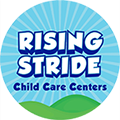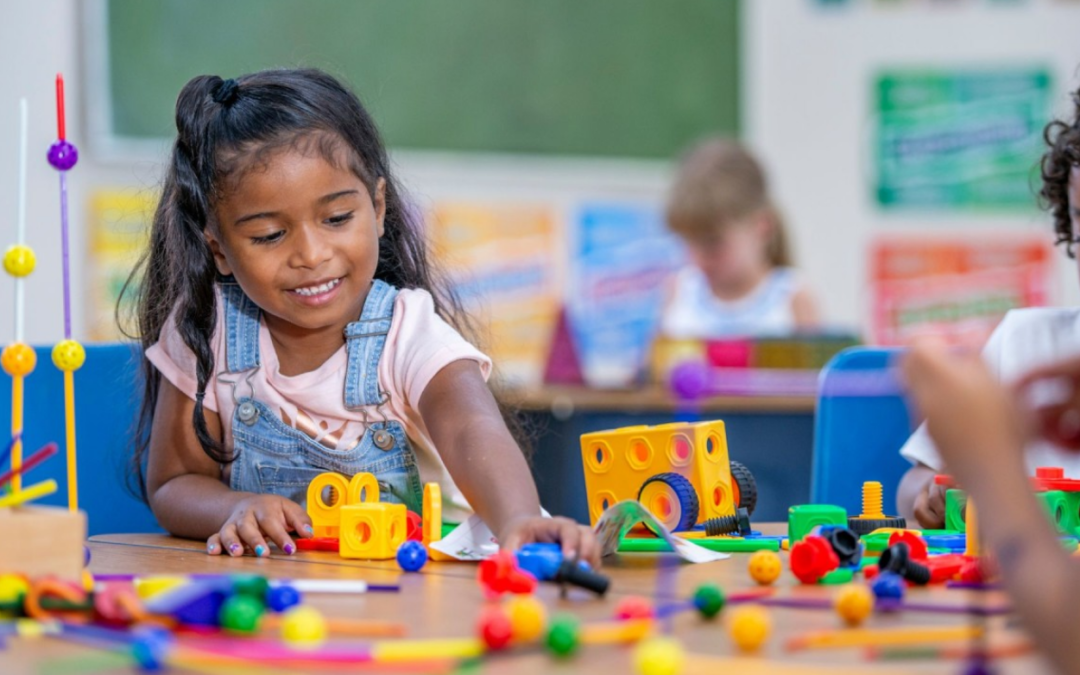As a parent, we all know that playtime is an essential part of our child’s development. Not only does it provide an opportunity for children to have fun, but it also allows them to learn new skills, explore their world, and build social connections. However, playtime can be much more than just a way to keep our children entertained. It can also be a chance for us as parents to turn playtime into an exciting and educational learning experience.
For Two Years and Under
While you may not think babies are “playing” in the sense that a toddler would, they do experience with their senses. One of the best educational experiences for babies is a “show and tell” activity. Children start to interact with other materials as they get older, but when they are under two, you can make for an interactive yet educational experience.
Show your babies any colorfully contrasting items, or ones with lots of texture and noise. They will be mesmerized by the sight of some objects. You should have them placed within their reach, and encourage them to play with them. You can use any toy or object that is safe for their age. Many people don’t realize they are already doing activities like this.
Another way to encourage learning while playing is to “tell” them what they are doing. When your baby is playing, interact with them and describe to them what they are doing. You should show that you are curious about what they’re doing and ask them questions. For instance, if your child is playing with a red ball, you can announce, “I see you are playing with a red ball!” You could then begin to ask them questions about the activity, such as, “What does the ball do?”.
Playing With Toddlers
As children get closer to the toddler years, they begin to incorporate what they see others do into their play. They might also begin to play next to other people. If you notice your child fixating on an activity that other people are doing, you should ask them questions and encourage them to try the activity themselves. For instance, if there is another group of children working on a puzzle, the toddler may wander over and watch them figure it out. Explain to them what they are doing. “Those kids are fitting the pieces together to make a puzzle. Can you find the missing piece?”
For many young children, playtime can be an educational experience. As a parent, you should encourage your child to explore their curiosities, and be there to ask questions. The more you pique their curiosity, the more informational the experience can be. Playing can be an incredibly powerful tool for children!
Encourage imagination and make-believe
Play doesn’t have to involve pricey toys, or even actual toys.
Allowing kids to take on imaginary roles or use everyday objects in other ways instills creative thinking (it’s cost-effective, too). Don’t underestimate the appeal of giant cardboard boxes, wrapping paper tubes or an empty laundry basket.
Explore different types of play
Four kinds of play:
- Object play (using a banana as a telephone, for instance)
- Rough-and-tumble play (which can range from pat-a-cake to free play)
- Outdoor play (recess games or athletics)
- Social or pretend play (a category that spans dress-up play to board games)
Encourage — and join in on — a variety of play options with your child. There’s no right or wrong type of play.
Let kids take risks (and make mistakes)
Beyond letting children take the lead in the types of games and hobbies they prefer, allow them to explore their surroundings.
“It’s amazing the confidence this can build and positive effects gross motor play has on helping children feel calm — not to mention the benefits of physical activity for overall health.”
Books Can Serve as Rewards
When a parent presents a new book to their child, they know that they might have to read that story hundreds of times. Reading the same book multiple times is a great way for parents to bond with their kids and teach them new things. Reading her a special book is a great way to thank her for putting her toys away. Or, read to kids as they wind down and get ready for bed to help them make the change. Set aside certain books as “night-night books” to get kids excited about going to bed. They will soon love reading as they get better at recognizing letter shapes and practicing letter sounds.
Types of play: Mix it up
Different types of play have different benefits for children:
Toys and object play
When playing with an object such as a toy, babies become little scientists. They use their sensory-motor skills to explore its properties and conduct “experiments.” To learn if an object is solid, for example, they might bang it on the floor. Preschool-age children also use objects to develop abstract thought and concepts like symbolism, using a banana as a telephone, for example, along with sharing and taking turns.
Physical play
Physical fun such as free play during recess helps develop children’s motor skills, prevent childhood obesity and build emotional intelligence. The gentle thrill of a playground slide, for example, lets a child build confidence as they take risks in a relatively safe environment. Games such as duck-duck-goose and tag also help children build other socio-emotional skills such as empathy as children learn to be careful not to hurt others by tapping someone too hard, for example. You can also provide opportunities for organized sports to learn teamwork.
Outdoor play
Outdoor play is particularly important because it lets children use all their senses to build skills like spatial awareness and balance. It can also improve a child’s attention span. Studies suggest that young children in countries where schools allow more time for recess see more academic success as children get older. Yet, an estimated 30% of U.S. kindergarten children no longer have recess. Advocate for safe playgrounds in your community; exposure to nature helps children appreciate the importance of climate resilience.
Pretend play
This type of play lets young children experiment with different social roles and learn to cooperate. Dress up, make believe, and imaginary play also encourage creativity and builds more complex negotiation, communication and language skills. (“You be the teacher, and I will be the student,” a child might say.)

